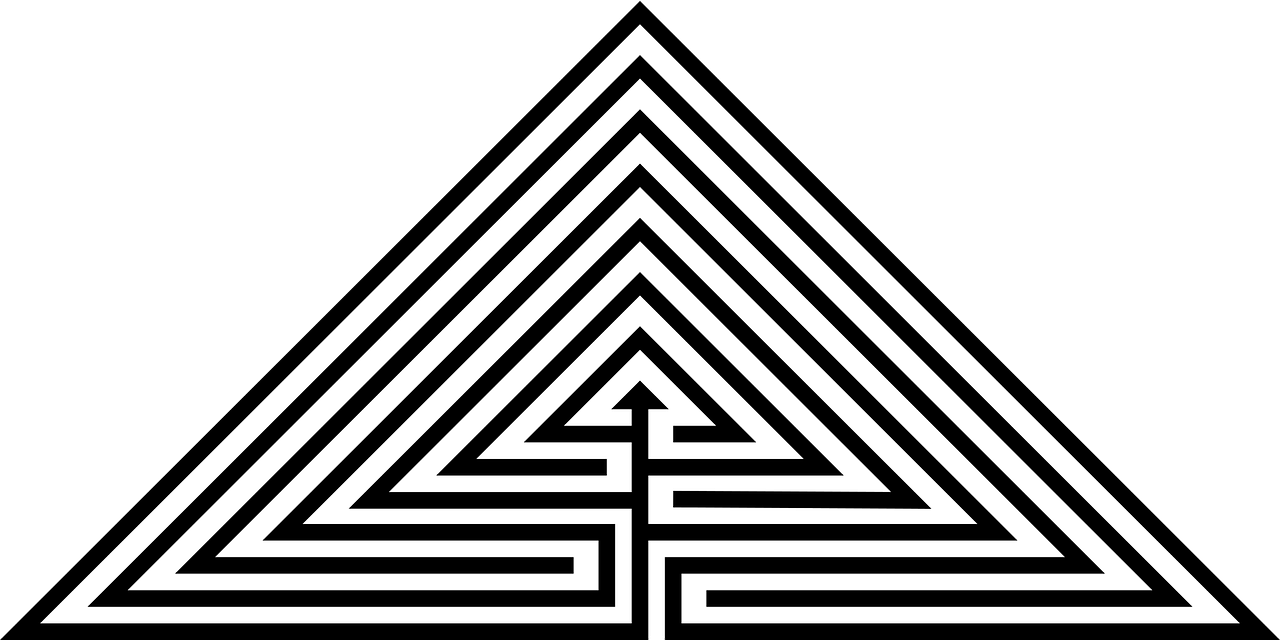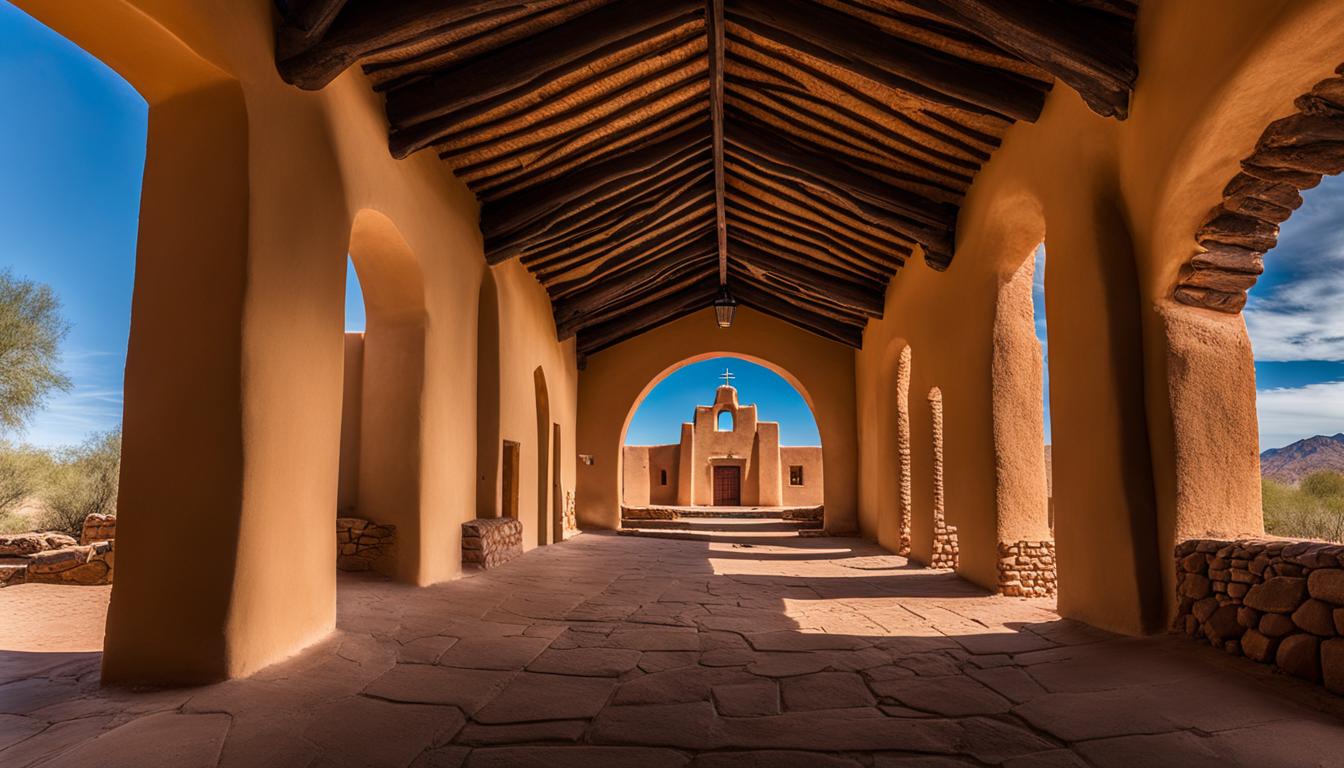What Are Labyrinths
A labyrinth is a wandering way, regularly unicursal, with a particular way prompting a middle. labyrinths are an antiquated prime example going back 4,000 years or more, utilized emblematically, as a mobile reflection, arranged dance, or site of ceremonies and function, among other things. labyrinths are apparatuses for individual, mental, and profound change, likewise thought to improve right-cerebrum action. labyrinths summon similitude, consecrated calculation, otherworldly pilgrimage, strict practice, care, ecological craftsmanship, and local area building.
labyrinths are named by type and can be further distinguished by their number of circuits. Tallying from the middle, the drawing at right delineates a seven-circuit plan. You start a labyrinth stroll at the passageway and continue along the way. Lines characterize the way and regularly keep a consistent width, even around the turns. By and large, at the middle, you have voyaged a large portion of the distance, where it isn’t unexpected to stop, pivot, and stroll back out once more.
Left-or Right-Handed labyrinths
A left-or right-gave labyrinth is dictated by the heading of the primary turn subsequent to entering the labyrinth. Jeff Saward gauges that roughly 66% of the antiquated Classical labyrinths were correct given (as portrayed above), and 66% of the cutting-edge Classicals are left-given. Neither is superior to the other—it is absolutely up to individual inclination.
An Ever-Evolving Typology
As our consciousness of labyrinths grows, it is imperative to keep our phrasing steady. One illustration of a now-obsolete name is calling the Classical labyrinth the Cretan labyrinth. A few people call the lines ‘dividers,’ however as most labyrinths are two dimensional this can prompt disarray.
Considering this, Jeff Saward and Sig Lonegren—with the assistance of Marty Cain, David Tolzman, Lea Goode-Harris, Alex champion, and Robert Ferré—started a continuous dialog with the objective of giving clearness to a working labyrinth typology. Lars Howlett refreshed these assets likewise working off of crafted by Erwin Reimann and Andreas Frei.
Sorts OF labyrinths
The following is a rundown of sorts of labyrinths. By tapping on any of the connections underneath, you will be taken to explicit definitions and models.
- Classical Family
Definition: in light of an example initially archived on a dirt tablet from Pylos, Greece (circa lux0 BCE) and furthermore found on Cretan Coins of 400 to 500 BCE, these labyrinths are handily developed utilizing a seed design.
o Classical
Classical 11 circuit
Classical 15 circuit
Model: Roerslev (Denmark)
Classical 3 circuit
Models: Cretan coins of circa 300 to 70 BCE
Classical 7 circuit
Models: Dalby, Rocky Valley, England
- Concentric
Concentric labyrinth
Model: Otfrid’s labyrinth
- Other Classical Seed Patterns
Roman labyrinth
Most the Roman labyrinths are created from straightforward old-style labyrinths. Frequently square or circular and infrequently polygonal, these labyrinths are found as mosaics on the floors of Roman structures.
- Mazes
A labyrinth can have more than one passageway and various options en route. The dividers are generally high to shut one from seeing the exit plan. It is built to be a left-cerebrum puzzle.
- Medieval Group
These labyrinths generally split into four quadrants. The hallowed calculation is considered fundamental in the development of a portion of these labyrinths. More established instances of these labyrinths are generally found on the floors of European places of worship and houses of prayer. They are additionally found as turf labyrinths in England.
- Contemporary Medieval
Present-day labyrinth formats that imitate the vibe of the middle age plans.
- chalice labyrinth
- Contemporary Medieval
- Santa Rosa
One of the new labyrinths that fall into this equivalent class is the Santa Rosa labyrinth (copyright 1999). Planned by Lea Goode-Harris in 1997, this seven-circuit labyrinth is separated into four quadrants and remembers an interesting space for the fourth circuit in line with the labyrinth’s mouth. Called the heart space this territory isn’t strolled however fills in as a consecrated vessel for holding images of one’s issues, requirements or celebrations. Taking a gander at the way, you will understand that this heart space is drawn nearer from every one of the four headings, permitting the walker to see his/her images from different points of view.





